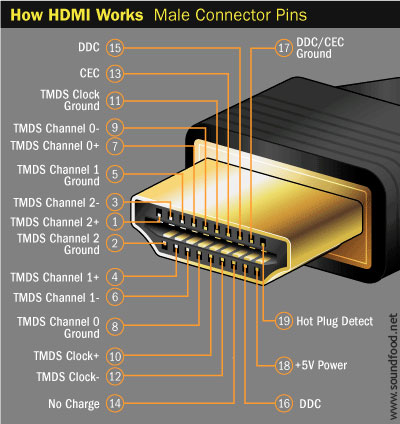In light of that, wouldn’t standard locking nuts be sensible to put on every piece of equipment? Even on the lowest end mass-market hardware the cost would be minimal, and might even lead to less grumbling from the Pro ranks.

More Field Testers Needed
While the number of actually defective cables I’ve run into has been blessedly few overall, there have been times that using multiple HDMI cables has felt like a variation on Russian Roulette.
Given the fairly complex array of functions that HDMI supports, troubleshooting a wonky install is made more complicated.
At the moment, there aren’t too many options for field testing HDMI cables. Altnex makes a signal strength meter, and Ethereal makes a line tester.
But as CE Pro commenters have pointed out, a simple connectivity test doesn’t tell you everything you need to know about how the cable is passing complex signals like DDC. Not many custom dealers are willing to shell out several thousand dollars for a proper spectrum analyzer.
On the bright side, one cheap solution is to-prior to install-verify every cable by plugging it in to a source and display at your office in the same way you test out all of the components in your rack after building them.
That’s one way to verify that the cable is passing the information you want.
On the bright side, necessity is the mother of invention, and I’m reasonably confident that someone will begin marketing an HDMI field testing unit that gives us a more detailed breakout of what each of an HDMI cable’s 19 pins are doing, vis a vis connectivity and signal strength.
There are probably more issues that you’d like to add to this list. Let us know in the comments below what improvements to HDMI you’d like to see.
Lee Distad is a freelance CEDIA Certified Professional Designer who offers design and process consultation to firms in the Custom Installation industry, as well as copy writing and other professional writing services. Lee’s business and industry blog can be read at http://www.leedistad.com






